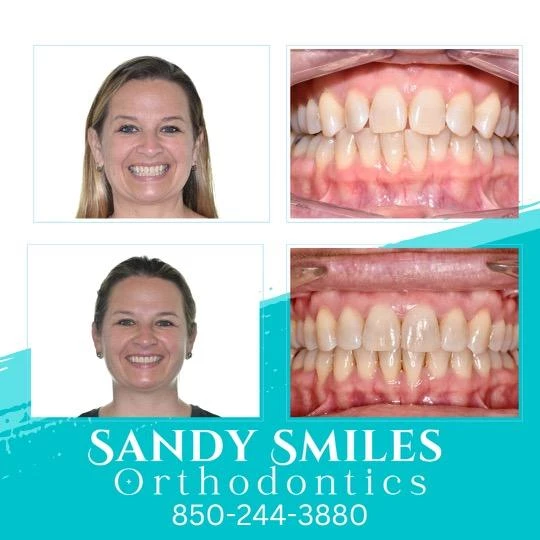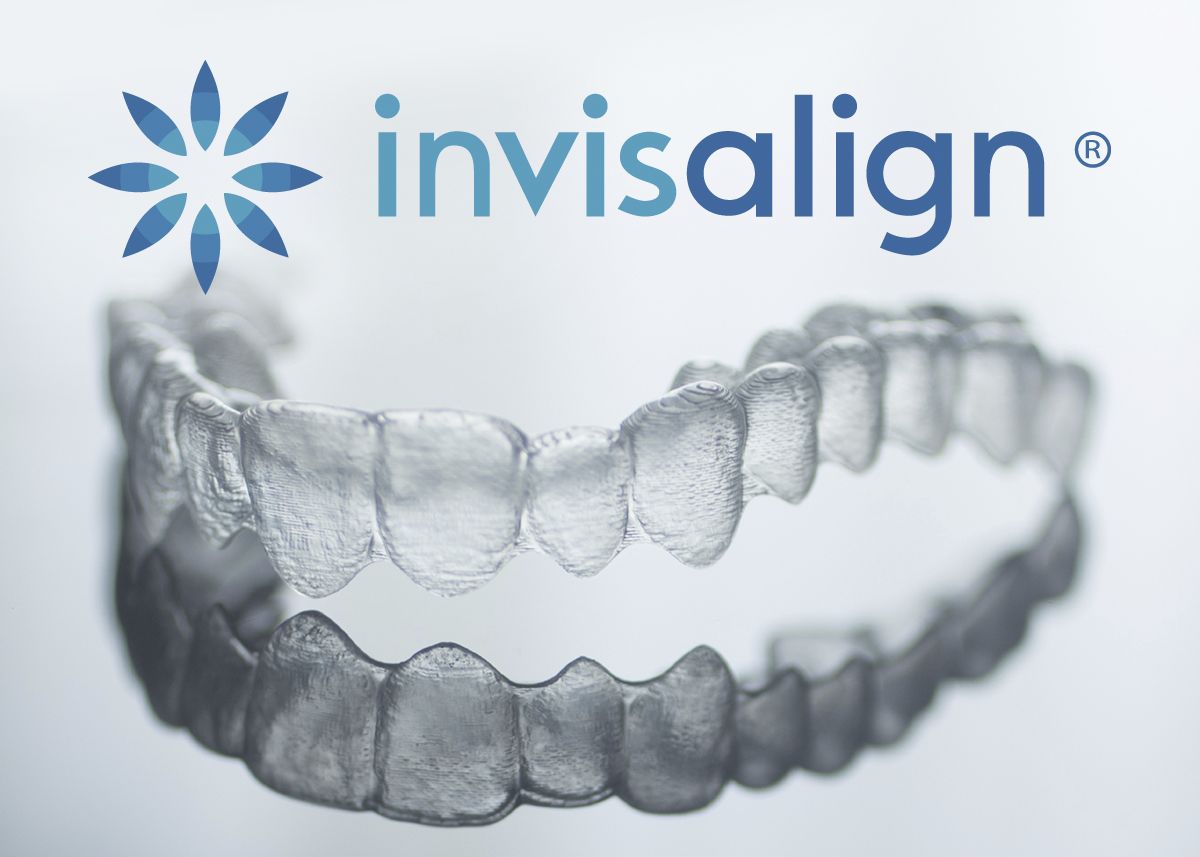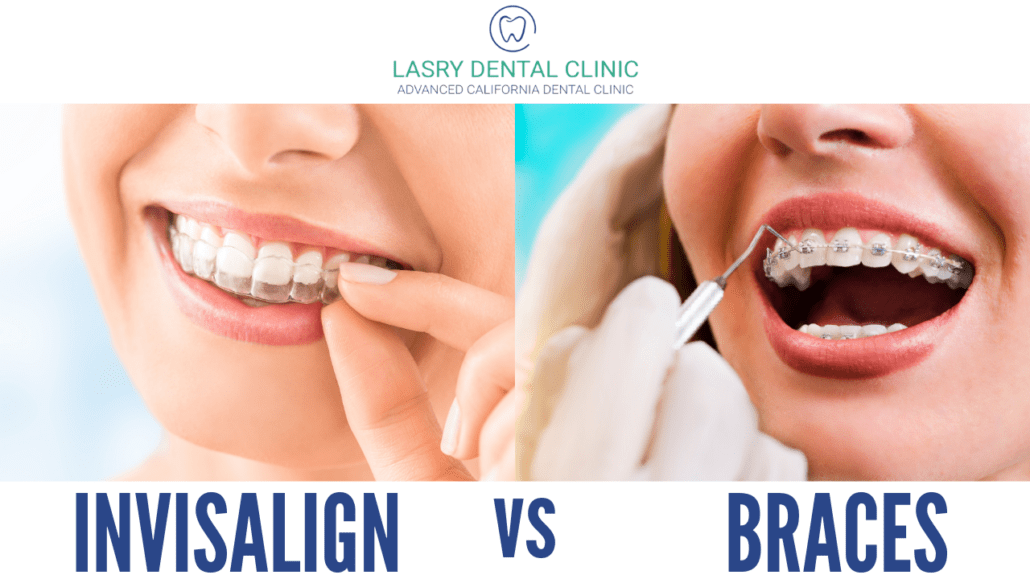Frequently Asked Questions About Invisalign: Everything You Required to Know
Frequently Asked Questions About Invisalign: Everything You Required to Know
Blog Article
Invisalign vs. Typical Dental braces: Which Choice Is Right for You?
When thinking about orthodontic therapy, the choice between Invisalign and typical braces offers several vital factors that warrant mindful assessment. Invisalign uses a discreet option with detachable aligners, while conventional braces supply an extra noticeable yet effective service for serious imbalance.
Review of Therapy Options

In comparison, typical braces contain steel brackets and cables that are adhered to the teeth. This method applies continual pressure in time to attain alignment. While effective for complicated orthodontic concerns, conventional dental braces call for regular visits for modifications and can posture challenges in preserving dental health as a result of the trouble of cleaning up around cords and braces.
Both options have their advantages, and the selection often hinges on particular dental conditions, way of living choices, and patient compliance. Eventually, consulting an orthodontic professional is important for determining the most ideal therapy strategy tailored to private needs. Comprehending the nuances of each option can substantially affect the total success of orthodontic treatment.
Visual Considerations
A considerable variable affecting the selection in between Invisalign and standard braces is the aesthetic appeal each therapy offers. Invisalign aligners are crafted from clear plastic, making them virtually invisible when worn. This discreet look is especially attracting adults and teenagers who may really feel uneasy regarding their orthodontic treatment. The capacity to preserve a natural smile throughout the placement procedure can substantially enhance the patient's self-confidence in specialist and social settings.
In comparison, conventional dental braces include steel brackets and cables, which can be more obvious. While advancements in orthodontic innovation have actually resulted in the growth of smaller brackets and tinted elastics, conventional braces still keep a more noticeable account. For some individuals, the exposure of dental braces might deter them from seeking needed therapy.
Ultimately, the option in between Invisalign and typical braces may rest on individual choices concerning aesthetics. Individuals that focus on discernment often lean toward Invisalign, while those who are less worried concerning presence might choose conventional braces. Comprehending the visual effects of each alternative is essential for making a notified decision that lines up with one's way of life and choices.
Comfort and Convenience

In terms of comfort, Invisalign aligners are detachable, making it possible for patients to enjoy their favorite foods without limitation and preserve ideal dental health. Cleaning and flossing are streamlined, as the aligners can be secured throughout these regimens, whereas standard dental braces need cautious steering around cords and braces.
In contrast, traditional dental braces require regular changes, this post making them much less convenient for those with active routines. Generally, the comfort and ease of Invisalign make it an attractive option for many people looking for orthodontic treatment.
Treatment Period and Performance
While both Invisalign and standard braces are reliable in dealing with dental imbalances, the duration of treatment can differ considerably between the two choices. Commonly, Invisalign therapy can take anywhere from 12 to 18 months, depending upon the complexity of the instance. The clear aligners function by gradually moving teeth into their wanted positions, and normal follow-ups with an orthodontist help guarantee progression remains on the right track.
In comparison, traditional braces often need a longer dedication, generally ranging from 18 months to 3 years. This results from their fixed nature and the usage of cables and braces, which can be more efficient for complex situations and serious imbalances (Invisalign). The therapy effectiveness of conventional braces is well-documented, as they permit precise modifications and higher control over tooth motion
Eventually, the option in between Invisalign and typical dental braces might rest on both the awaited therapy period and the details oral issues at hand. Consulting with an orthodontist is vital, as they can provide tailored recommendations based on private requirements, making certain the chosen technique lines up with preferred timeframes and outcomes.
Cost Comparison and Insurance Options
Cost plays a significant function in the decision-making process for individuals thinking about orthodontic treatment, whether selecting Invisalign or traditional braces. Typically, the expense of Invisalign arrays from $3,000 to $8,000, while traditional dental braces commonly set you back in between $2,000 and $6,000. Variables affecting these expenses include the complexity of the case, the period of therapy, and geographical place.
Insurance coverage can substantially affect out-of-pocket costs. Several dental insurance coverage plans provide partial coverage for orthodontic therapies, but the why not check here specifics can differ commonly. It is essential for clients to review their insurance plan to determine the extent of insurance coverage for either option. Usually, standard braces might be more often covered by insurance plans contrasted to Invisalign, which some insurance companies classify as a cosmetic procedure.
Furthermore, numerous orthodontic practices offer versatile layaway plan, making both treatment options extra obtainable. Patients need to ask concerning possible funding options and discounts for upfront settlements. Evaluating the total price, consisting of insurance advantages and repayment strategies, is necessary for making an educated choice that lines up with both aesthetic preferences and spending plan factors to consider.

Conclusion
In recap, the option in between Invisalign and standard braces rests on multiple variables, including visual preferences, convenience, treatment period, and cost. Invisalign supplies a discreet, detachable option that promotes oral health and dietary adaptability, while conventional dental braces might be better for complicated dental problems and frequently come with a lower rate point. Eventually, assessment with an orthodontist is necessary to analyze private circumstances and figure out Read Full Report one of the most proper treatment alternative for accomplishing optimum dental placement.
When considering orthodontic therapy, the selection between Invisalign and standard dental braces presents a number of vital elements that warrant careful analysis.Comparing Invisalign and typical dental braces discloses distinct treatment options for orthodontic adjustment.While both Invisalign and typical dental braces are reliable in dealing with oral imbalances, the period of therapy can differ significantly between the two options.Cost plays a significant role in the decision-making procedure for people taking into consideration orthodontic therapy, whether deciding for Invisalign or typical dental braces.In recap, the option in between Invisalign and standard braces hinges on multiple elements, consisting of aesthetic preferences, convenience, therapy period, and expense.
Report this page